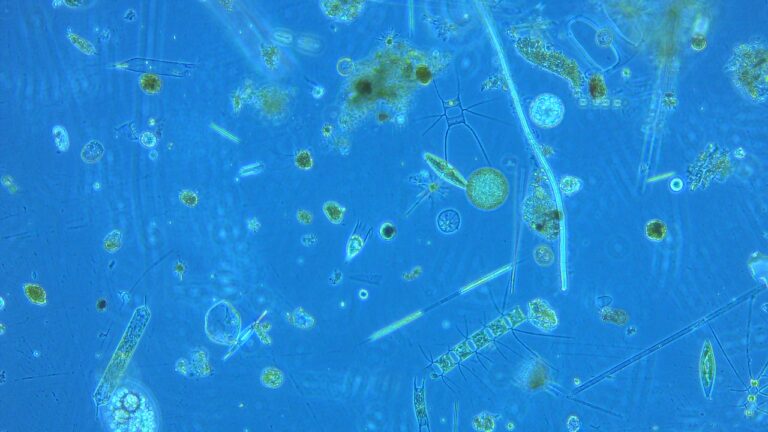Marine Science
A mixed solution to boost mangrove resilience
The role that seabed species and plants play in mixing sediments in mangroves could help to support responses to ecosystem stress and to aid regeneration.

Gardeners know the vital role of bioturbation — the process of mixing nutrients and oxygen through soil resulting from the activities of creatures like worms and birds, together with plant root systems and microbes. The process is also vital for marine ecosystems, particularly for turning over the sediments in coastal shallow water ecosystems, such as mangrove swamps.
Now, Jenny Booth, Daniele Daffonchio and co-workers at KAUST have reviewed current understanding of bioturbation in mangroves, with a particular focus on how this process and its “ecosystem engineers“ feed into ecosystem functioning on the macro- and microscales[1].

“There has been much focused research on bioturbation activity in mangroves over the last 20 years,” says Booth. “More recently, these studies have moved away from bioturbation impacts on sediment biochemistry to a more holistic whole ecosystem approach that includes microbes and plants. We felt it was useful to collate these recent findings.”
“Mangrove sediments are mediators of element cycles. They are huge carbon sinks, for example, and therefore contribute to global climate regulation,” says Daffonchio. “Factors that affect the balance of sediment biochemistry, such as bioturbation, are important if we are to understand their contribution to climate change.”

As well as their global importance as carbon stores, mangroves play vital ecological roles in their immediate environment, such as offering nursery grounds for multiple marine species. The ecosystems are home to thousands of bacteria and fungi that are yet unknown and may have potential for societal use.
Studying enzymes from these bacteria has already provided insights into how to degrade hydrocarbons naturally, while fungi populations could provide novel anticancer and antibacterial compounds. Saudi Arabia and the Red Sea are among the few places in the world where mangrove ecosystems are expanding rather than contracting.
Bioturbation, for example by burrowing animals such as crabs, is a crucial mediator of the sediment microbiome, and the process can boost mangrove resilience to various stressors, as Booth explains: “Bioturbation modifies redox conditions, increases the removal of toxic compounds and increases nutrient turnover in sediment. While the bioturbators themselves are not particularly big, their abundance and prevalence can have a huge impact. Overall, bioturbation can enhance plant growth and improve their ability to sink carbon.”
There is an inherent paradox in mangroves — the trees and plants there thrive despite apparently harsh conditions. Booth points out that bioturbation likely ameliorates the challenges of poor nutrient levels and that artificially enhancing the process could improve chances of successful mangrove regeneration. Healthy mangroves can also contribute to sustainable development goals of ecosystem functionality.
“Our review highlights future research avenues,” says Daffonchio. “For example, seeking strategies for enhancing bioturbation, not only in old but in newly planted mangrove stands, and the selection of beneficial microorganisms from bioturbated sediments that could boost the growth and stress resilience of mangrove plants.”
Reference
- Booth, J.M., Fusi, M., Marasco, R. & Daffonchio, D. The microbial landscape in bioturbated mangrove sediment: A resource for promoting nature-based solutions for mangroves. Microbial Biotechnology 16,1584-1602 (2023).| article
You might also like

Marine Science
Tiny crabs glow to stay hidden

Marine Science
Mass fish deaths linked to extreme marine heatwave in Red Sea

Marine Science
Weeding out the secrets of Red Sea macroalgae

Bioscience
Digging into the world of plant-growth-promoting microbes

Marine Science
Rhodoliths found in a surprise location

Bioscience
Unique microbiome discovered in mountain streams

Marine Science
Examining phytoplankton’s past to reduce future algal blooms

Marine Science




